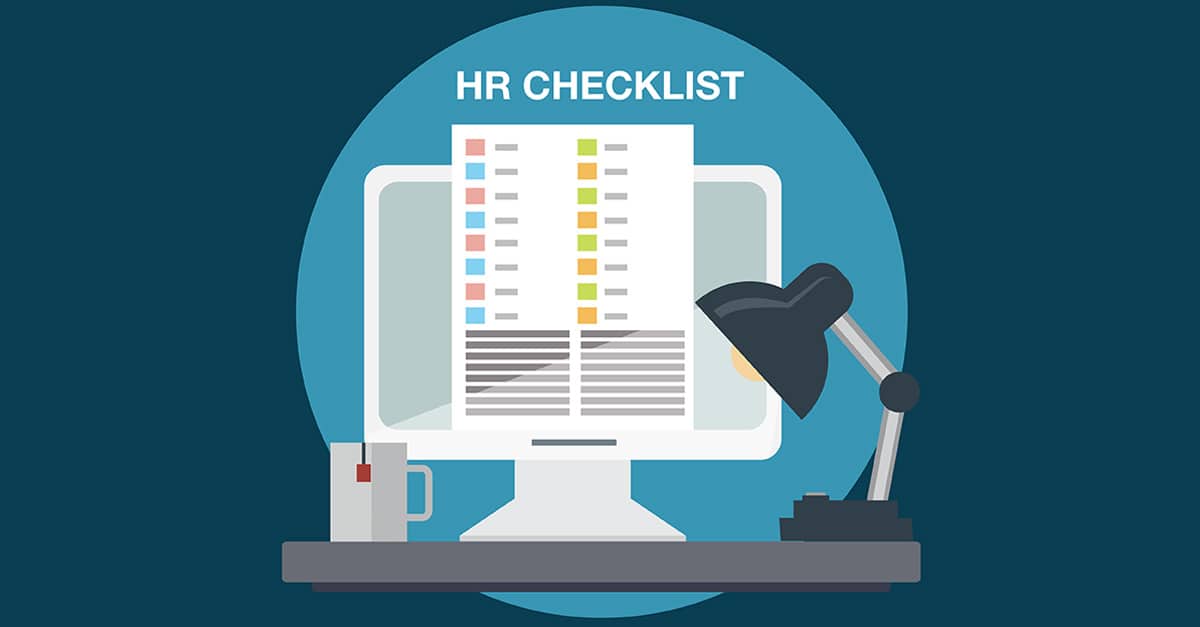The role of information technology in human resources

Get your new employees onboard and online, get your former employees offboard and offline
When an employee joins or leaves your company, there should be a checklist of things you need to do to ensure you’ve covered your bases. At least some of the items on this list should involve information technology – a key element in today’s human-resources function.
Unfortunately, HR professionals often overlook IT at two, integral points in an employee’s career:
“Onboarding” refers to the process you follow when an employee joins your company. This involves ensuring that, when new employees start, everything is ready and they have access to everything they need to do their job; suffice to say, their first day shouldn’t involve trying to set up an email account for hours on end.
Onboarding includes providing employees with things like a computer login ID and email account. It may also include less obvious things, such as access to your network and shared files and folders.
What is most important, however, is that employees have the correct access. All too often, organizations don’t spend enough time thinking about onboarding and new hires get blanket access to everything. This may be the easier approach, but it could mean that employees have access to things that they don’t need, and you don’t want them to have, like customer payment and payroll information.
“Offboarding,” refers to the process you follow when an employee leaves your company. At this stage, you must ensure that employees who leave, amicably or otherwise, no longer have access to your network and the data they did when they were working for you.
This stage is particularly important, as ex-employees with continued access can delete, change, and even sell proprietary information, including staff and customer data. And, as employees continue to access more data remotely with mobile phones, tablets, and laptops, it becomes easier for data breaches to happen.
You can stop employees from retaining mobile data with “remote wiping,” which allows you to delete your data from a former employee’s device even if they are on the other side of the world. There are several ways of doing this, and I recommend using 365OmniDrive, which keeps track of your files and ensures access stops when employees leave the company.
If you want to learn more about how 365 Technologies can help you with this and other IT-related questions, please contact Michael Anderson by email at michael@365tech.ca or by phone at 204-488-3655.




